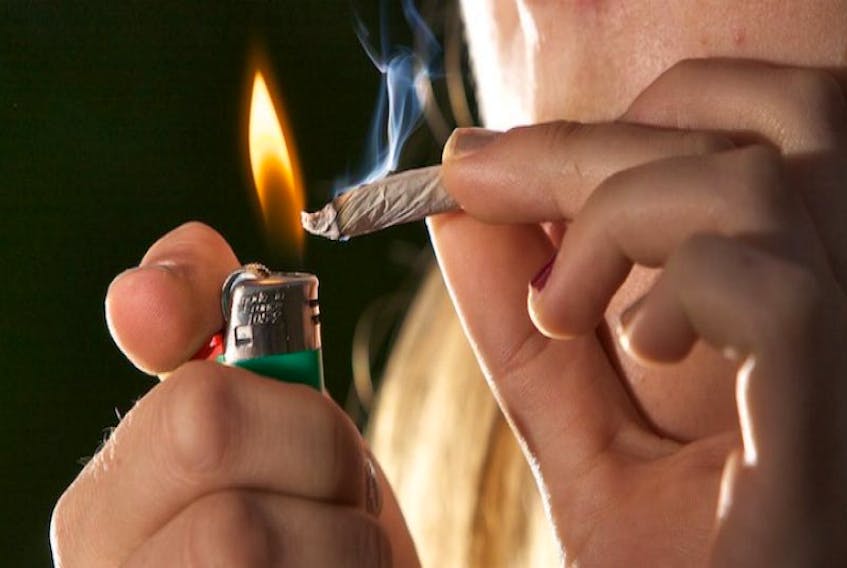A couple of weeks ago, Canada’s federal and provincial justice and public safety ministers met in Vancouver for two days of meetings.
They talked about delays in the criminal system and reforms to the Criminal Code over mandatory minimum sentencing provisions. About changes to the bail system and simpler and faster court proceedings.
They talked about national security legislation and the safety of Canadians, about the legalization of marijuana and the nuances of home cultivation, and the health and safety effects of the drug, both on adults and the particular risks for young people.
There was discussion about changing the rules on drunk driving to make it easier for police officers to require drivers to submit to breath testing, and on and on.
Heck, the news release on the meeting alone ran to 1,293 words.
Tuck away deep inside that release? These words: “Federal ministers provided an update on cannabis and impaired driving legislative initiatives …”
Right now, the federal government is looking at changing the Criminal Code to give police officers more tools to try and catch the expected increase in impaired drivers stemming from the legalization of marijuana.
At this point, the federal government hasn’t rolled out how it expects to measure marijuana in drivers, nor what the legal threshold for marijuana impairment in drivers will be. It hasn’t established a rationale for whether there could be different levels needed for medical marijuana users with a higher threshold for impairment. There have already been a significant number of drivers arrested for being under the influence of drugs, while marijuana is still illegal.
Realistically, there’s a lot of work left to be done.
And when it comes to the most immediate impact of marijuana legalization, drugged driving is likely to be the quickest where the rubber — and broken windshield glass, and radiator fluid — meets the road.
It’s bad enough that we haven’t been able to control the variety of impaired drivers that are already on our roads.
You can’t walk any distance to work and back without seeing at least a half a dozen drivers texting on their smartphones with what seems like a virtual impunity from being charged, even though their distracted driving causes a significant number of collisions in the Atlantic provinces.
Police departments issue daily reports of drunk drivers that they catch still travelling on our roads — let alone the number who manage to avoid arrest. And that’s despite ever-stronger laws at both the federal and provincial level penalizing drunk drivers, while at the same time other laws make it easier for police to pull over and test suspect drivers.
To throw drug-impaired drivers into a system that seems unprepared to address the issue looks like a clear recipe for disaster.
And the time to build an effective drugged driving system is growing shorter with every passing day.








